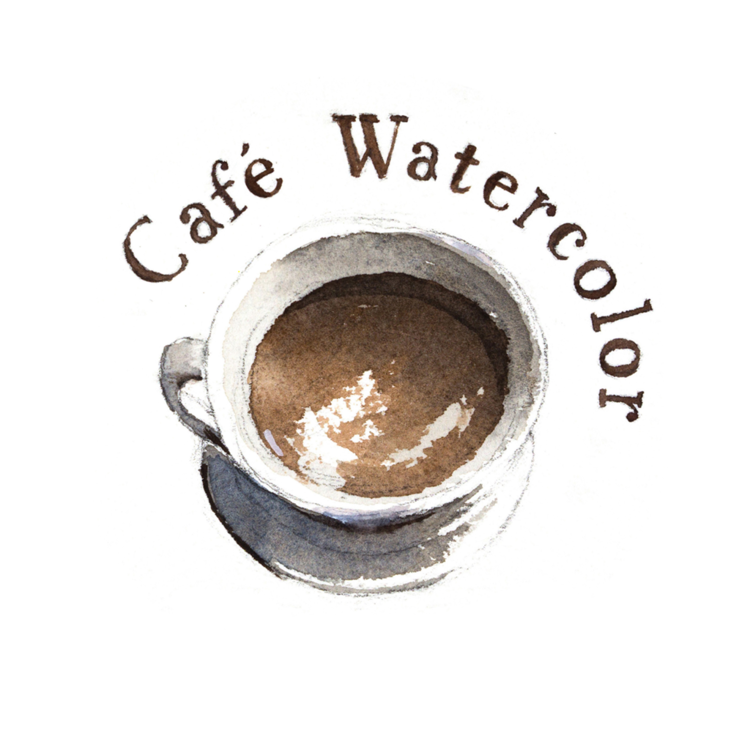If you’ve been following me you like the way I paint, chances are you like a loose painting and want to learn how to do it. Now, I’ve searched around YouTube and Google, and surprisingly I haven’t found anyone who has the same answer as I do. Many articles and videos talk a lot about techniques. Things like holding your brush farther from the tip, use bold colors, and some ambiguous tips like be confident. Don’t get me wrong, I believe they are valid tips, but for me, the core principle and the real secrete of a loose painting is Visual Language.
So what is visual language? Well the word itself is very self-explanatory. A language is a form of communication, so spoken language is to communicate verbally with sound. So visual language is to communicate visually. Here are the 3 stages of developing your visual language, and in the end, you will understand why visual language is so vital for a good loose painting.
Observe - The reason kids draw like this is that their understanding and observation are limited. (unless he or she is a child prodigy) But as we grow up, we observe the things around us more closely and carefully. We get to learn how things are built, the structures of the things, the shapes and colors, and how do things look like in different environments such as lighting, time, and weather. This is the first step to have a better sense of visual language. You study and observe the world around you carefully.
Analyze - Most people stop at the observation stage, especially when they are not artists. Because if you are not an artist, there is not a lot of reason for you to analyze what you see because you don’t need to paint it out and retell the story. But as an artist, you need to start implementing this. When you start looking at the things around you, you need to start thinking about how would you interpret this: What is the structure of this thing, what material does it made out of, how will it react to lighting, and more. A very good way to analyze something is to do a sketch, also known as a study of it. Which is what a lot of artists do. This is especially important if you are looking at a photo. It’s easy to be lazy when you have a photograph because everything is there and you can check it out anytime. Many take the photo they want to paint and just try to copy it without analyzing what they see. Result in too many unnecessary details.
Process and interpretation - After you properly analyze something, you need to process what you’ve learned and interpreted it in your own way. This is the key to visual language and loose painting. Start asking yourself how would you describe what you see. You can even do it verbally if it helps. Process what you see means you take away the things you don’t need to retell the story and emphasize what you think is important. I don’t know about you but I usually don’t like to talk to someone who just talks and talks and never gets to the point. Or worse, someone treats me like an idiot and try to tell me everything because they fear that I will never understand. And the funny thing is that this is usually how to lost people, to bombard them with random things. Same as a good concise visual language that makes a good loose painting. You only show what’s necessary and interesting, just enough for people to get your story, and ignore the rest of it.
I know that’s a lot to take in. Visual language is a huge topic, and that’s why I dedicated a couple of lessons in my course about it. But only when you understand how visual language works, will the techniques help you to to produce a nice loose painting. Now let’s put what we learn into practice. I’m going to do a painting of this photo, and show how do I use visual language, to make a loose painting. I strongly encourage you to check out the above video if you haven’t. In the video, I share with you my process of painting this painting of Madrid.
